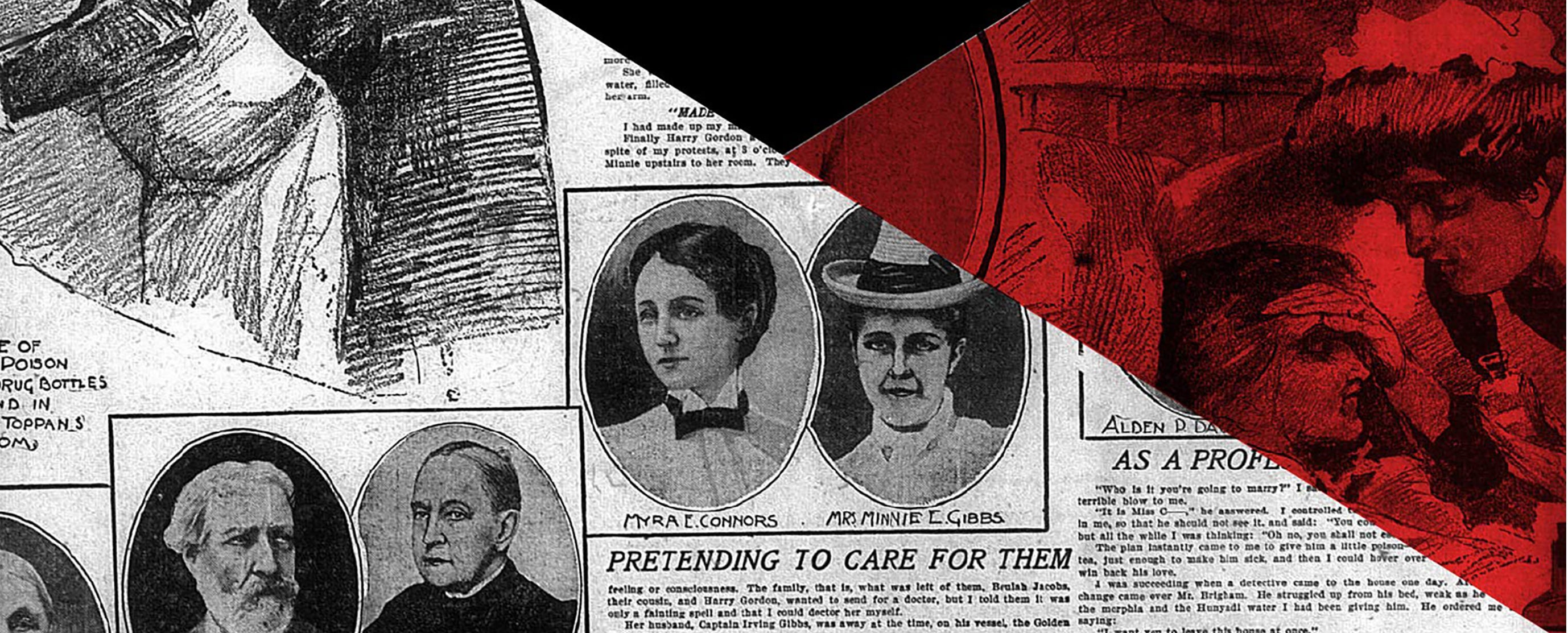The Making of (a Book About) a Monster
How Narratively contributor Mary Kay McBrayer turned her love for true crime stories into a book about America’s first female serial killer.
You may recall Mary Kay McBrayer’s article “The 19th-Century Nurse Who Was Secretly a Serial Killer,” about cold-blooded caregiver Jane Toppan. Ahead of the release of her book America’s First Female Serial Killer: Jane Toppan and the Making of a Monster, we talked to the writer, editor, and podcaster from her home in Atlanta about true crime, mental health, and how her love of horror movies led her to Jane.
Narratively: Your book reads almost like historical fiction. Why did you choose to frame Jane’s story this way?
Mary Kay McBrayer: I think having a beginning, middle, and end is a very intuitive way that humans remember things. I was interested when I heard Jane’s story, but the only book I could find was Fatal by Harold Schechter. And I mean, he is the man, he’s amazing, but I felt like it was all of the facts and none of the story. That’s one of the reasons I wanted to write it like a novel, because it sticks more that way, and I think it’s an important story.
Narratively: You wri…
Keep reading with a 7-day free trial
Subscribe to Narratively to keep reading this post and get 7 days of free access to the full post archives.




